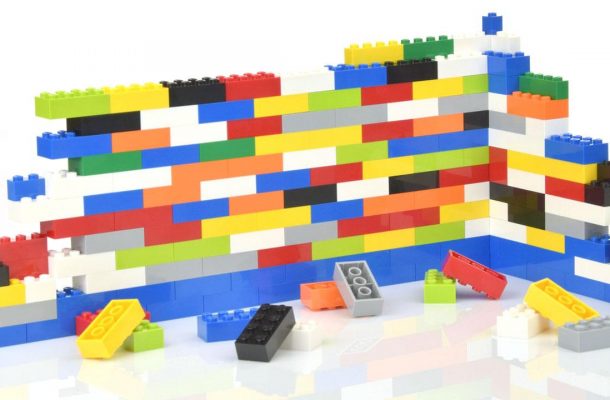« The Good and Bad with the Pelicans’ Defense
Going small isn’t helping during crunch time »
A Small Defense of the Defense

I am among no small number of people discussing the defense of the New Orleans Pelicans. I have said some good things and bad. Jake has said the same here and on his Locked On Pelicans podcast (which you need to check out). McNamara has said more bad than good, while Ryan seems ok with the progress so far.
Description v Prediction
I can speak for myself, and I think others agree, that the discussion of the merits of the defense (or some other word that means something other than “horrific things”) is more about describing what has transpired rather than saying, without supporting evidence, that these performances will continue without any adjustments by other teams. What has transpired has, of course, been a mixture of good and bad. Some of the bad was specifically influential, like the allowed Suns’ dunk to win Friday. Bad defense at any moment shines brightly.
The good of the defense is not super good, either. It is very good in stretches, but we can see that on many teams. Same goes for the horrific. I will say the good is sometimes drowned out not only by the lapses but also by the pace. High pace equates to more possessions, which leads to more points generally. This can distort the impression of this decent defense.
Improvement v Improved
Vicious reading of discussion of improvement will be read as improved-according-to-some-level-as-measured-by-some-standard to the exclusion of other possible interpretations. It’s understandable to read things this way, but that’s not the only way improvement manifests itself conceptually.
The improvement, compared to last season, in this defense is in the numbers and in the eye. However, defense is not just about whether someone makes shots. It’s about which shots are taken, how often they make them, and why. This last bit is hard to sort out, which is why there are so few good discussions of defense. It’s often about the shot not taken compared to the one taken, and deciding the credible candidates for these imagined shots is not something lightly done by a nerd with a spreadsheet and a thesaurus.
The Pelicans defense has many elements that are improved relative to what they had last season. They play better (if not well enough), talk more (if not well enough), given consistent energy (no caveat). They help better (if not well enough), but they are clearly still working on recovery (hat tip to Gerry V for pointing this out to me).
Location v Location
The simple idea of defense is a shot misses because someone defended the shot. This is sharply conceptualized in a block, more commonly realized in a “rushed” or “altered” or “contested” shot. In truth, this all just either interferes with position, concentration, or movement, which makes a player make shots from that position at a lower rate than they would otherwise. Making or missing any given shot has nothing to do with it. Players, after all, are expected to miss shots.
Keeping this in mind, as opposed to the simpler, ball-focused idea of defense, let’s see what the Pelicans and their mid-pack (105.8 DRtg, 14th best of 30) defense does and does not do in that department. Here’s the bad: The team is 8th worst in letting teams shoot within 2 feet of the basket and also between 2 and 10 feet. Read “shoot” loosely. The team is 10th and 7th, respectively, in allowed dunks and layups as a percentage of 2-point shots. On the flip side, they are 9th and 10th (virtual tie) in allowing made long 2’s and 3’s. Moreover, they are poor in terms of assist rate on 2 and 3 point shots made against them.
This is, again, your friend and mine, the perimeter defense rearing its ugly head again. Cracks in the perimeter put Asik and Davis at a disadvantage. Same story.
Same story.
But, not exactly the same story. The attempt rates are not lining up viciously with the make rates, which is a good sign, though one that may reverse itself over the course of events. Also, there is good reason to believe the perimeter defense will change positively beyond any organic improvement. Holiday’s return will help the defense by his effort, but also by replacing Frazier’s effort. It will also send our versatile players, who are treading water, to more natural positions, and, like it or not, the team will be primed to do more small ball (don’t read this as no Asik, by the way). This does not mean it will work, but there is something reasonable there, and likely near-term, to look for.
I think the defense has improved and will continue to do so. If they fail to continue to do so, there are enough things here for opponents to exploit to put the defense back in the cellar. If the improvement is due just to player replacement, this is a valid projection. If the defensive improvement has topped out, same deal. However, it is also valid to continue to watch for improvement, especially considering Erman’s reputation. While that reputation itself could just be flawed, it is charitable to simply watch while holding him up to the standard set by his reputation. This means looking for improvement, and continual improvement though the season. I’ve seen enough to justify watching while he works, if not patiently.
All stats from basketball-reference.com





One Comment